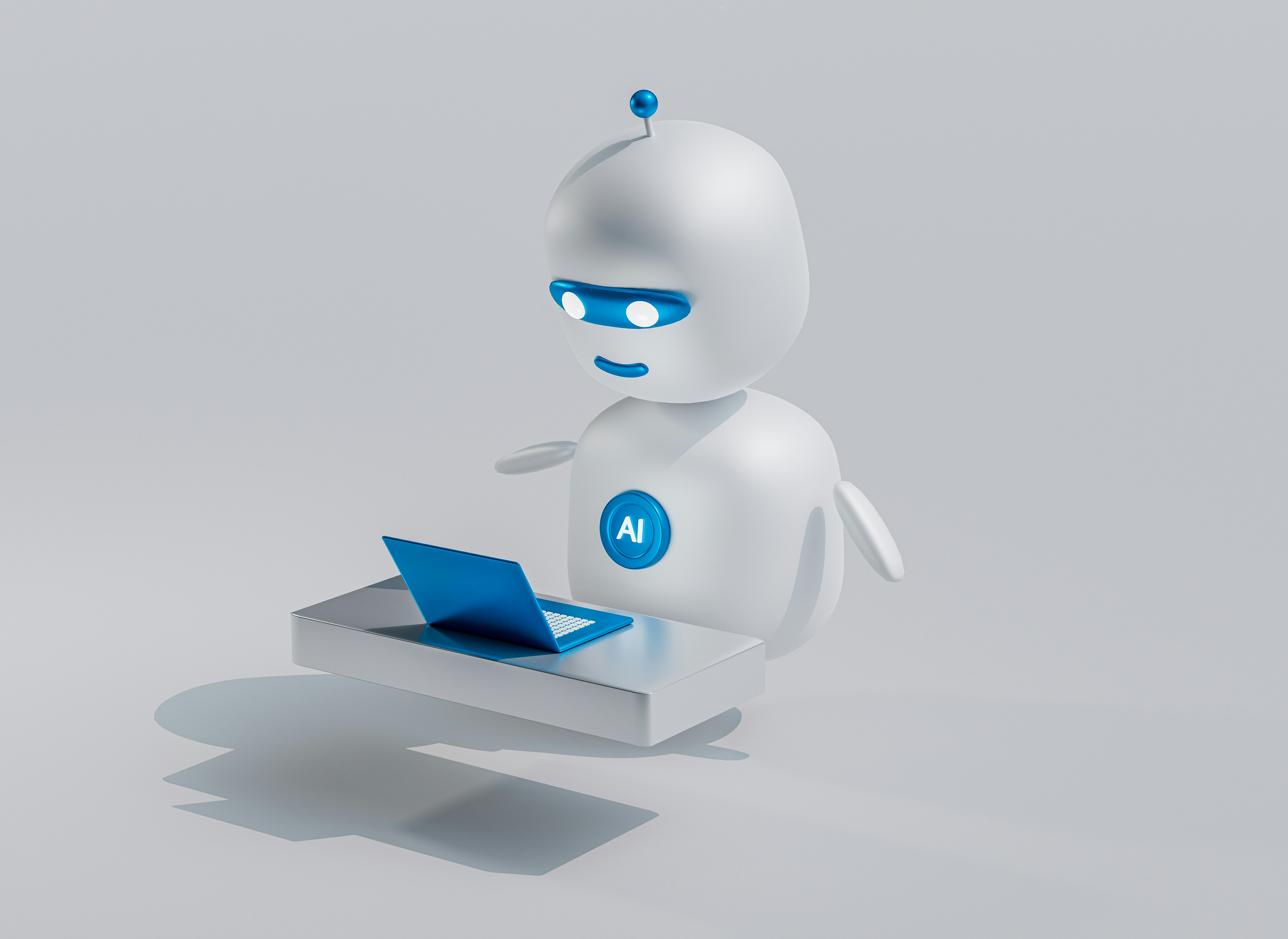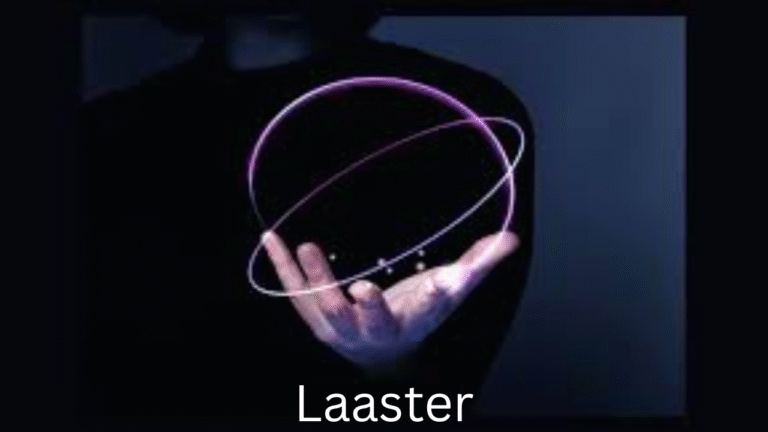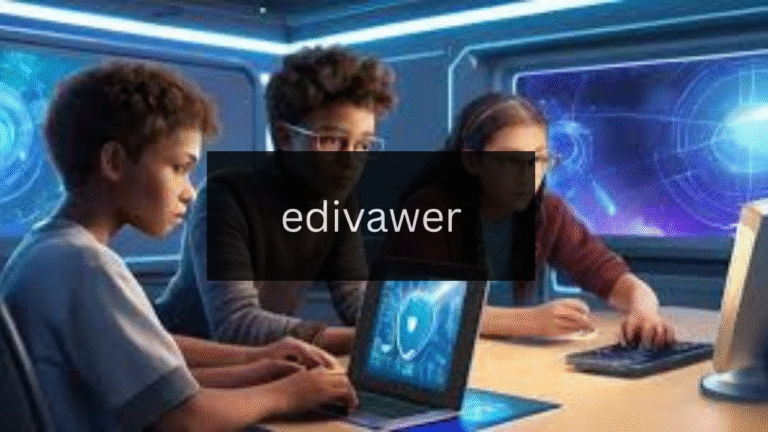
Introduction
Elon Musk, a name synonymous with innovation and groundbreaking technology, has consistently redefined multiple industries through his ventures. As the CEO and product architect of Tesla, Inc., he has transformed the automotive sector with electric vehicles, emphasizing the potential for sustainable energy solutions. His vision extends beyond terrestrial transportation; as the founder and CEO of SpaceX, Musk has revolutionized space exploration, driving advancements that have made space travel more accessible and cost-effective. These achievements are merely glimpses into his broader ambitions, which often challenge the confines of human imagination.
At the core of Musk’s visionary pursuits lies a commitment to transcending current limitations. He envisions a future where humanity thrives on multi-planetary existence, eliminates traffic through hyperloop systems, and augments human capabilities via advanced neurotechnology. Two of Musk’s latest endeavors, Optimus Robots and Neuralink, exemplify this ambitious trajectory. Optimus Robots aims to create humanoid robots that can perform tasks in various industries, enhancing efficiency and addressing labor shortages. Conversely, Neuralink seeks to develop brain-machine interfaces that could revolutionize healthcare, potentially allowing individuals with neurological disorders to regain lost functions.
These innovative projects align with Musk’s long-term goal of integrating technology into daily life to improve the human condition significantly. By exploring the synergies between robotics and neurotechnology, he aims to craft a future where intelligent machines not only coexist with humans but enhance their capabilities. As we delve into this discourse, it is essential to consider how Musk’s previous successes provide a foundational context for his ambitious plans ahead. His relentless pursuit for the extraordinary raises questions not only about the technological implications but also the ethical discourse surrounding such advanced innovations.
The Rise of Optimus Robots
Elon Musk’s vision of humanoid robots, branded as Optimus, marks a significant leap towards incorporating advanced robotics into everyday life. This ambitious project, announced during Tesla’s AI Day in 2021, aims to develop humanoid robots that can perform tasks typically carried out by humans. The core intention behind the Optimus robots is to assist in labor-intensive roles, thereby alleviating some of the workforce challenges faced across various sectors.
At the heart of this project lies Tesla’s extensive experience in artificial intelligence and autonomous vehicles. The Optimus robots are expected to leverage Machine Learning (ML) algorithms and neural networks, similar to those used in Tesla’s Autopilot system, to navigate and interact with their environments effectively. Musk envisions these robots performing a wide range of tasks, from mundane chores like grocery shopping to more complex operations in manufacturing and healthcare settings, showcasing the potential of robotics in increasing efficiency and productivity.
For the successful implementation of Optimus, several technological advancements are necessary. These include improvements in robotics engineering, advancements in AI, and the development of sophisticated control systems. Additionally, safe human-robot interaction is paramount; hence, reinforcing safety protocols and ethical considerations will be essential. The potential applications are vast, spanning fields such as logistics, construction, agriculture, and healthcare, where robots could assist with repetitive tasks or enable more precise operations.
As the project progresses, society will need to address pivotal questions regarding the economic impact, ethical implications, and safety of integrating humanoid robots into the workforce. The rise of Optimus robots could redefine how we approach labor and automation, ushering in an era of unprecedented technological collaboration between humans and machines.
Understanding Neuralink: Bridging the Human-Machine Gap
Neuralink, founded by Elon Musk, is at the forefront of neurotechnology, aiming to revolutionize the way humans interact with machines through the development of advanced brain-computer interfaces (BCIs). The primary objective of Neuralink is to create devices that can be implanted in the human brain, facilitating a direct communication pathway between the brain and external devices. This technology has the potential to bridge the gap between human cognition and artificial intelligence, enhancing the capabilities of both.
At its core, Neuralink’s technology utilizes thin, flexible threads that can be precisely inserted into brain tissue. These threads contain electrodes capable of recording neuronal activity and stimulating brain regions. By translating neural signals into data that machines can interpret, Neuralink seeks to enable users to control devices simply by thought, thus providing a seamless interface that merges human intention with digital responses.
The potential medical applications of Neuralink are significant. One of the primary goals is to address various neurological disorders, such as Parkinson’s disease, epilepsy, and spinal cord injuries. By facilitating direct communication between the brain and technology, Neuralink aims to restore lost functions, potentially leading to breakthroughs in therapeutic approaches for these conditions. Moreover, the company envisions that its technology could evolve to enhance cognitive functions, suggesting possibilities for improving memory, learning speed, and overall brain performance.
The implications of Neuralink extend beyond medical applications, raising philosophical and ethical questions about the future of human capabilities. If brain-computer interfaces become widely adopted, society may witness a significant shift in how individuals interact with technology, possibly blurring the lines between human and machine intelligence. As we stand on the brink of this technological revolution, understanding the potential and challenges of Neuralink becomes essential for navigating the future landscape of human cognition and machine interaction.
Comparative Analysis: Optimus Robots vs. Neuralink
As we delve into the future prospects of two groundbreaking innovations from Elon Musk, it is essential to conduct a thorough comparative analysis of Optimus Robots and Neuralink. These projects differ in their technological maturity, market readiness, public acceptance, and ethical considerations, making it crucial to understand the unique implications each holds for humanity.
Optimus Robots, designed primarily for manual labor and assistance, are exhibiting significant advances in robotics technology. They are engineered to perform tasks ranging from mundane household chores to complex industrial functions. The technology behind these robots has reached a mature stage, with prototypes already displayed to the public. As of now, they are positioned closer to commercial viability, as companies and industries increasingly value automation. This technological readiness is vital for the widespread adoption of Optimus Robots in various sectors.
Conversely, Neuralink focuses on connecting the human brain with advanced computing interfaces. This endeavor is currently in its early phases and has mostly been demonstrated in animal trials. While the technology promises groundbreaking advances in medical treatment, such as addressing neurological disorders, the market readiness of Neuralink remains uncertain. As it stands, widespread application is still a consideration, primarily due to the extensive testing and regulatory approvals required.
Public acceptance plays a pivotal role in determining the success of both projects. Optimus Robots are generally well-received, tapping into the appealing notion of enhancing productivity and alleviating labor shortages. However, concerns about job displacement and safety cannot be overlooked. On the other hand, Neuralink raises more ethical dilemmas, as the prospect of altering cognitive functions provokes debates around consent and the essence of individuality.
In conclusion, while both Optimus Robots and Neuralink hold transformative potential, their paths diverge significantly. Optimus Robots display a trajectory toward immediate implementation and market readiness, whereas Neuralink, despite its ambitious vision, faces numerous hurdles, particularly in ethical and regulatory realms, before it can become a reality. The implications of both innovations for humanity are profound and multifaceted, requiring careful consideration as we progress into the future.
Potential Impact of Optimus Robots on Industries
The integration of Optimus Robots into various sectors presents an opportunity for transformative changes across multiple industries. One of the most significant impacts will likely be seen in manufacturing. With the ability to perform repetitive tasks with precision and efficiency, these robots could streamline production processes, thus increasing output while potentially lowering operational costs. This shift may lead to enhanced productivity and innovation, allowing companies to focus on more complex tasks that require human intelligence and creativity.
In logistics, Optimus Robots could revolutionize warehousing and supply chain operations. Equipped with advanced navigation and decision-making capabilities, these robots can optimize the movement of goods, minimize delays, and ensure timely deliveries. As e-commerce continues to grow, the demand for swift and efficient logistics solutions becomes paramount, and the adoption of robotics could meet this demand effectively. However, this transition may also lead to job displacement in traditional logistics roles, necessitating retraining programs to prepare workers for new positions in this automated environment.
Healthcare stands to benefit significantly from the implementation of Optimus Robots. These robots can assist in various capacities, from supporting surgical teams to providing care for patients in homes and hospitals. By handling routine tasks, Optimus Robots could free up medical professionals to focus more on patient care, thus elevating the quality of healthcare services provided. Nonetheless, this transition might also evoke concerns regarding the human touch in caregiving and the ethical implications of automation in healthcare settings.
Furthermore, in domestic settings, Optimus Robots could assist with household chores, allowing individuals more time to pursue personal interests or professional ambitions. Although the prospect of increased leisure time is attractive, it raises questions about job displacement in the domestic workforce, especially for those engaged in cleaning and maintenance tasks. As industries consider the introduction of Optimus Robots, a critical assessment of economic implications, including the creation of new roles and the retraining of displaced workers, becomes essential for a balanced transition to automation.
The Future of Neuralink in Medicine and Beyond
Neuralink, a neurotechnology company co-founded by Elon Musk, aims to merge advanced computing with the biological fabric of the human brain. This innovative initiative has the potential to revolutionize medicine, particularly through applications such as treating paralysis, restoring sensory functions, and providing solutions for neurological disorders. By developing implantable brain-machine interfaces (BMIs), Neuralink aspires to facilitate direct communication between the brain and external devices, which could empower individuals suffering from debilitating conditions.
In scenarios involving paralysis, Neuralink’s technology could enable patients to regain voluntary control of their limbs by transforming neural signals into digital commands. This capability not only promises to enhance the quality of life for those affected but also raises the prospects of integrating advanced robotic systems that work in tandem with human cognition. Furthermore, the implications extend to sensory restoration; individuals with visual or auditory impairments may benefit from restored functions through stimulated neural pathways, fostering a more inclusive society.
However, the merging of technology with human biology also necessitates careful consideration of ethical implications. The prospect of human enhancement may challenge existing norms surrounding bodily autonomy and equity. Questions arise regarding accessibility to these advanced technologies and the potential for socioeconomic divides wherein only certain segments of the population gain access to enhancements. Additionally, as BMIs evolve, the possibility of unintended consequences, such as hacking or misuse, must be critically assessed.
Ultimately, while Neuralink presents remarkable opportunities for the future of medicine, it is essential to balance technological advancement with ethical responsibility. As society moves forward in exploring the full potential of such innovations, continuous dialogue around the implications may help steer these developments towards more inclusive and beneficial outcomes for all individuals.
Challenges and Skepticism Facing Both Projects
The development of advanced technologies such as Optimus Robots and Neuralink is inherently fraught with challenges that extend beyond technical feasibility. One primary concern involves the technical hurdles both projects face. For Optimus, creating a robot capable of performing complex tasks in diverse environments requires breakthroughs in artificial intelligence, mobility, and adaptability. The intricacies of human-like movement and cognitive responses remain significant obstacles, necessitating extensive research and development to ensure safety and efficacy.
In the case of Neuralink, the integration of brain-machine interfaces presents its own distinct set of challenges. The complexities of mapping brain activity and interpreting neural signals for practical use can hinder progress. Additionally, achieving seamless integration between the human brain and machines demands unprecedented advances in both technology and understanding of neuroscience. The potential for unreliability or error could pose risks to users, thus necessitating rigorous testing and validation.
Beyond technical issues, societal skepticism plays a critical role in both projects. Public perception of robotics and brain-machine interfaces is mixed, with concerns regarding ethics, privacy, and the implications of artificial intelligence on employment and societal norms. Many people are apprehensive about the broader implications such technologies might have on human agency and interpersonal interactions. The fear of a potential dystopian future as a result of uncontrolled technological advancement is a pervasive sentiment, posing an additional layer of resistance.
Moreover, regulatory challenges are significant in both fields, as regulatory bodies will necessitate stringent guidelines and oversight to ensure user safety and ethical standards. Musk’s ambitious timelines often evoke skepticism from industry experts and commentators alike, who argue that the rapid pace of innovation may lead to oversight being overlooked in the rush to market. Taken together, these challenges underscore the considerable hurdles that both Optimus Robots and Neuralink must navigate as they seek to transform their ambitious visions into reality.
Public Perception and Media Coverage
The public perception of emerging technologies such as Optimus Robots and Neuralink is significantly influenced by media coverage, expert commentary, and societal attitudes towards innovation. Over the past few years, both technologies have garnered substantial attention, leading to a varied landscape of opinions among the general populace. Surveys indicate that many people are optimistic about the capabilities of Optimus Robots, particularly in terms of enhancing productivity and assisting with tedious tasks in various industries. However, they simultaneously express concerns regarding potential job displacement and ethical implications surrounding the use of advanced robotics.
In contrast, Neuralink, as a neurotechnology company, faces an entirely different spectrum of public sentiment. While many are excited about the prospect of brain-machine interfaces helping those with neurological disorders, there is significant wariness about privacy, autonomy, and the long-term effects of such invasive technologies. Media narratives play a crucial role in shaping these perceptions; sensational headlines can often exaggerate the risks or benefits associated with these technologies, resulting in polarized viewpoints among audiences.
Expert commentary often highlights the dual-edged sword nature of these innovations. While technology enthusiasts applaud the potential of Enhancements offered by Neuralink or the efficiency introduced by Optimus Robots, skeptics raise pertinent questions about the ethical treatment of these technologies and their implications for humanity. Coverage from prestigious outlets can lend credibility to various positions, further entrenching public opinions or sparking fresh dialogues. As such, the interplay between media portrayal and public understanding is vital in framing the conversation around both Optimus Robots and Neuralink.
Overall, as these technologies continue to evolve and permeate various sectors, the relationship between public perception and media coverage will remain a critical area of exploration for researchers and commentators alike.
Conclusion: What Lies Ahead for Musk’s Innovations
As we assess the current landscape of Elon Musk’s groundbreaking ventures, it becomes clear that both Optimus Robots and Neuralink represent significant advancements with the potential to reshape their respective fields. Optimus, Tesla’s humanoid robot initiative, aims to streamline labor-intensive tasks, automate various functions, and ultimately, enhance productivity across multiple sectors. Conversely, Neuralink’s objectives focus on bridging the gap between humans and machines, with the ambition of addressing neurological disorders and enhancing cognitive capabilities through direct brain-computer interfacing.
The future milestones for these projects are undoubtedly compelling. With growing investments and ongoing trials, it is likely that Neuralink may witness significant breakthroughs sooner due to the established pathways in medical research and the urgency surrounding health care solutions. Certain prototypes and ongoing regulatory discussions hint at a promising timeline where Neuralink’s technology could be ready for practical application, potentially providing solutions for conditions such as paralysis or memory loss.
On the other hand, while Optimus may face challenges regarding mass production and functionality in various environments, its long-term implications for automation could be transformative for economies. If successful, it could alter job markets, redefine productivity, or even reshape the workforce landscape, raising important ethical questions about employment and societal adaptation.
In weighing the impacts of both projects, it is essential to consider the broader perspective of how Musk’s innovations may influence society. The embrace of robotics and advanced neural technology could lead to enhanced quality of life but also brings forth significant challenges related to ethics, security, and economic disparity. As Musk continues to push the boundaries of technology, the world watches closely, eager to see which innovation prevails in the race to improve human capabilities and experiences.






